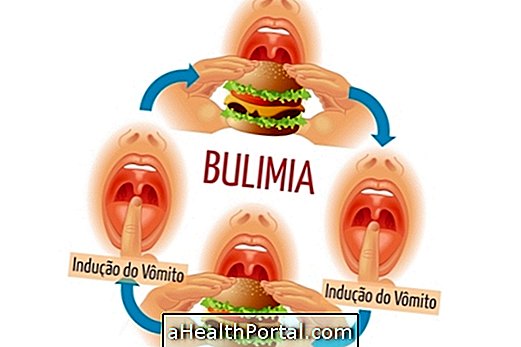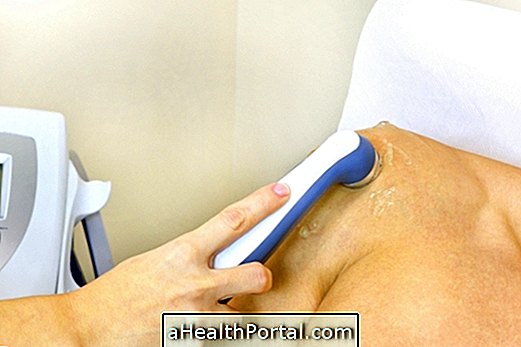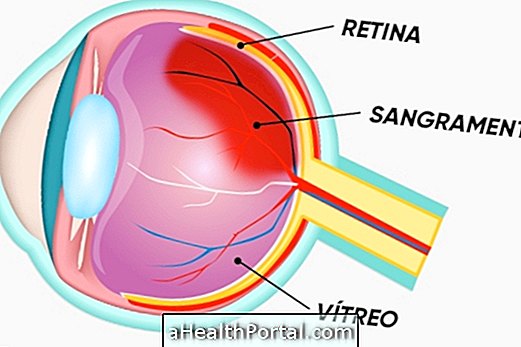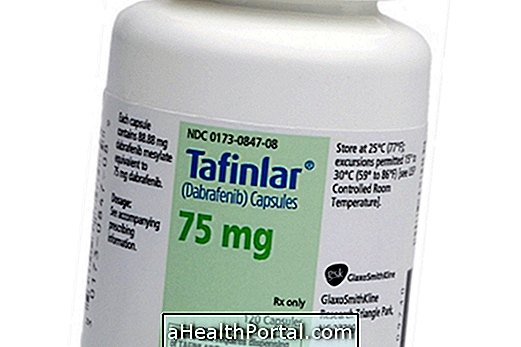The symptoms of bulimia mainly involve behaviors like going to the bathroom frequently during and after meals and also physical symptoms like teeth wear.
Other behavioral and physical symptoms that may arise in bulimia are.
- Regularly use laxatives and diuretics;
- Excessive exercise;
- Eat large amounts of hidden food;
- Feelings of anguish and guilt after overeating;
- Do not gain weight despite eating too much;
- Frequent throat inflammation;
- Recurrent onset of dental caries;
- Callus on the back of the hand;
- Abdominal pains and inflammations in the gastrointestinal system often;
- Irregular menstruation.
The symptoms of bulimia are difficult to identify because the patient has a generally adequate weight and normal social behavior. Learn more about this disease in Bulimia.

Treatments for bulimia
Treatment for bulimia nervosa involves nutritional and psychological monitoring. However, it may be necessary to take medication to calm down and also to control the vomiting that becomes compulsive, and it can happen at the table even before the end of the meal, when the patient does not want to vomit. Learn more about treating this disease in Treatment for bulimia.
Sometimes there are doubts between Bulimia and Anorexia and although they are eating disorders and represent a complicated relationship with food and nutrition, the behaviors displayed may be quite different. Here's how to differentiate between the two diseases in Understanding the Differences Between Anorexia and Bulimia.
Learn How to Lessen the Complications of Bulimia.























